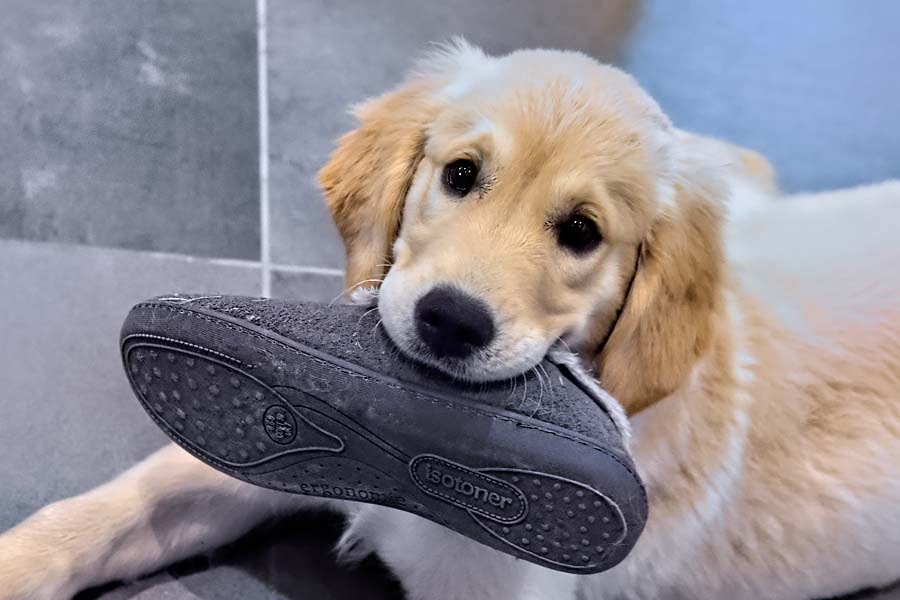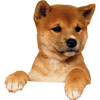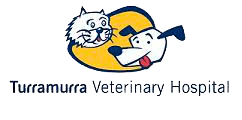A Turramurra Vet Pet Behaviour Article
Socks, Rocks and Jocks! Oh My! How to Manage and Prevent your Dog Swallowing Non-food Items

Socks, Rocks and Jocks! Oh My! How to Manage and Prevent your Dog Swallowing Non-food Items
by Katie Bedrossian, Pet Behaviour Consultant
Dogs are opportunistic scavengers by nature, taking every opportunity to scavenge (explore, investigate and consume). This is how they domesticated themselves, hanging around human camps, eating scraps of food and sharing our meals rather than hunting for themselves.
Scavenging is designed for seeking out and consuming food items. Unfortunately, some of our canine friends extend this opportunistic scavenging to objects easily accessible in the home or on walks.
Why do dogs seek out these other items to eat?
- Comfort seeking due to excitement, stress or frustration. It will often be items that smell of the people they trust and also certain textures (depending on what they have personally found comforts them).
- Practice searching for and putting the item in their mouth. The items have commonly been in reach, particularly during puppyhood, meaning investigating them has been regularly practised.
- The value of the item has been heightened. This can be due to getting some human attention (eye contact, movement towards, talking to) being received when they grab the item, a chase game (you want the item, therefore they want it too) and/or the item being removed without a positive (develops a ‘I must keep this item or it will be taken away for no reward’ type mentality).
- Resource guarding. When the value of the item has been heightened, resource guarding can develop. This is the tendency to protect something that they consider valuable. Many people think of guarding as tense bodies, growling, snapping and biting. However, swallowing these items is another way for a dog to guard things (if it is in my stomach, you can’t have it!).
Sometimes rather than the behaviour developing due to the reasons above, it can be due to a mental illness such as OCD (Obsessive Compulsive Disorder). In dogs, OCD often manifests as an obsession to seek out and consume non-food items, also known as pica. This can be life-threatening, particularly if objects become lodged in the gastrointestinal tract.
If your dog is already swallowing non-food items and particularly if he or she has previously had surgical intervention to remove a foreign body, it is important that this behavioural problem is addressed and managed appropriately. Start with booking in a consultation with one of our veterinarians who will obtain a history, perform a physical examination and possibly a blood test, to ensure there are no medical reasons for pica. Once a medical cause is ruled out, a consultation with our Pet Behaviour Consultant, Katie Bedrossian, is recommended so that an environmental modification plan can be implemented.
To prevent foreign object ingestion from occurring:
- Prevent access. Keep items you don’t want chewed, stolen, destroyed or eaten out of reach from puppyhood and beyond. This can be in the way of dog-proofing the environment by removing the objects as well as the use of gates and barriers.
- Restrict access. If your puppy or dog starts destroying a particular type of toy e.g. soft toys, restrict their access to interactive games only (you bring the toy out, you play, then the toy goes away).
- Direct focus away from the object. If your puppy or dog has their mouth on something inappropriate, turn away, lightly jog (on the spot if needed), wiggle a toy around and either squeak the toy or clap your hands to redirect them. Avoid eye contact, you need to be completely focussed away from them.
- Do not grab the object from your dog. Never remove an item directly from your dog’s mouth or physically pull your dog away from something. Use a toy (as above) or scatter treats on the ground. Only once your dog is positively and calmly redirected to the toy or treats, pick up the forbidden item.
For dogs that have already started consuming, the above are the first steps, however stricter management is usually required as we need 100% or close to 100% reduction in actually picking up the items for both safety and learning. This can be achieved by using tethers in areas difficult to keep things out of reach or getting your dog used to a basket muzzle, such as the Baskerville brand (where your dog can drink, pant and be comfortable, but not consume large items-treats can still be fed through the muzzle). Please note muzzles and tethers should only be used when you are in the same area as your dog to enable supervision.
Katie can help you devise a more individualised plan to get the best results for your dog through her pet behaviour consultations. Book in by phoning our Customer Care Team on (02) 9988-0198.

